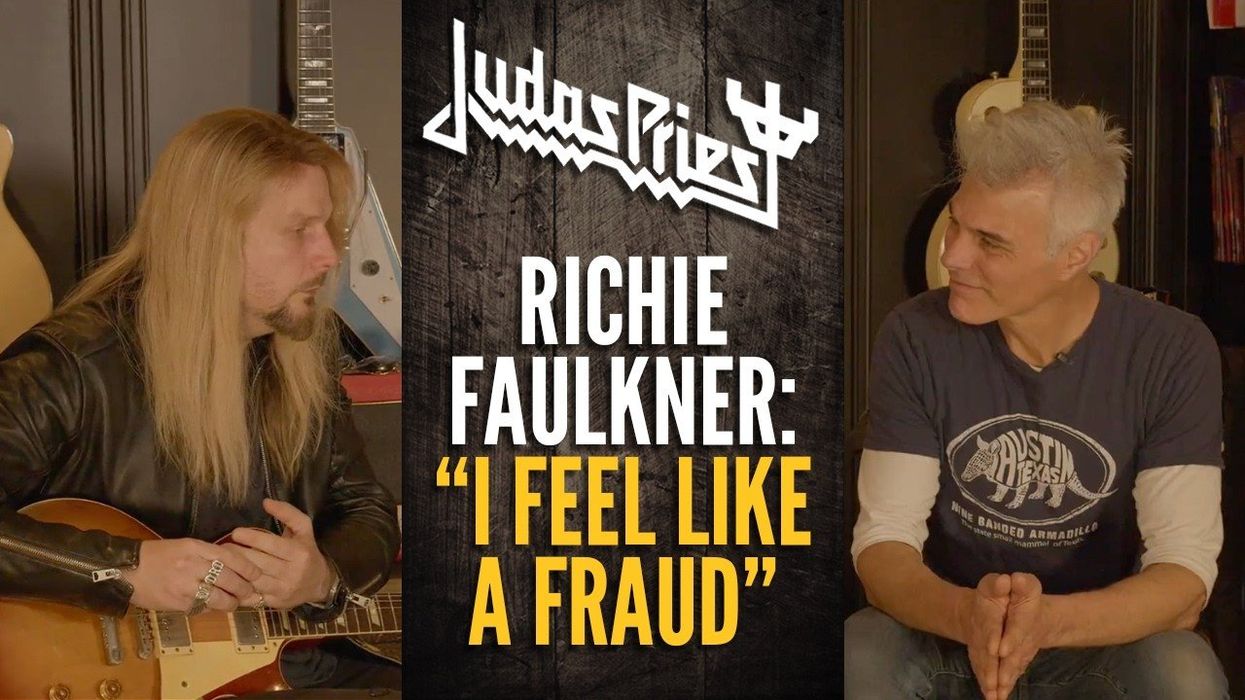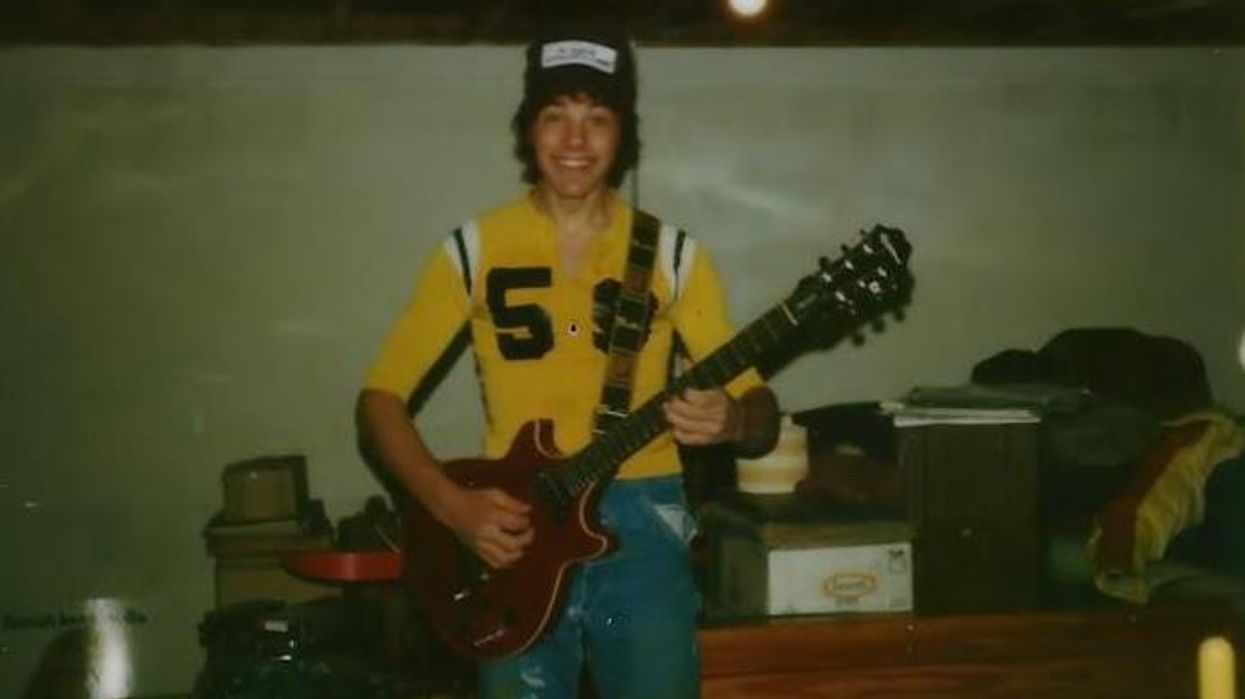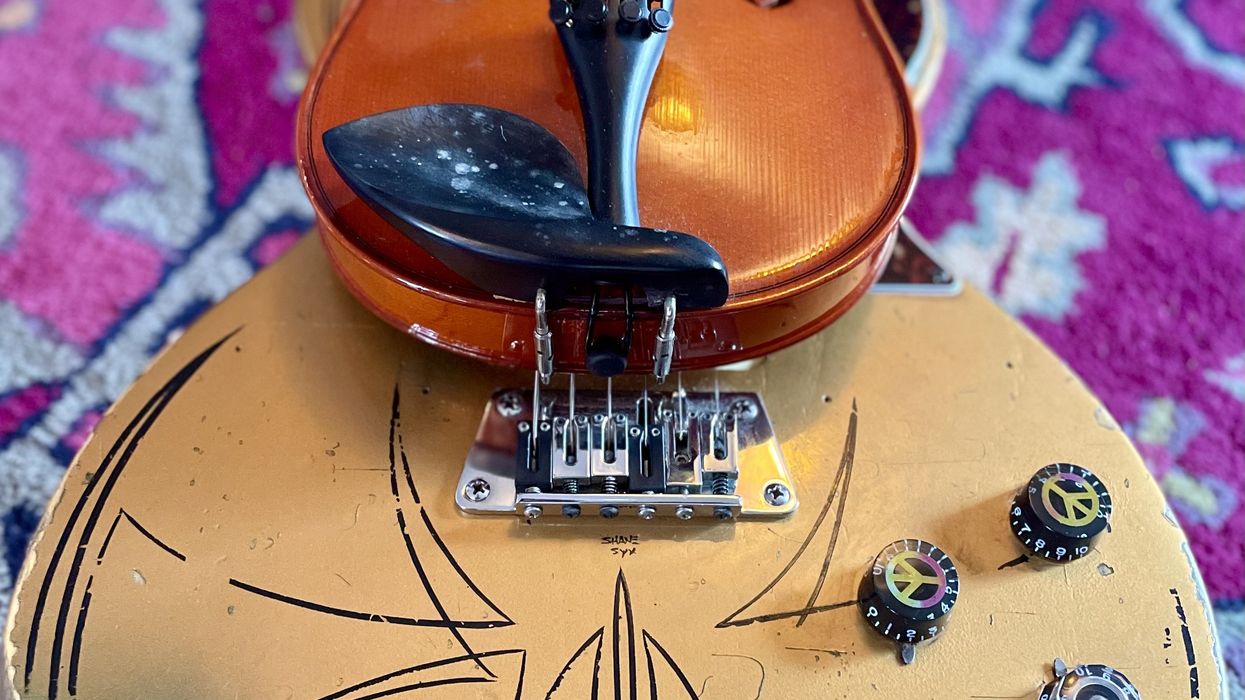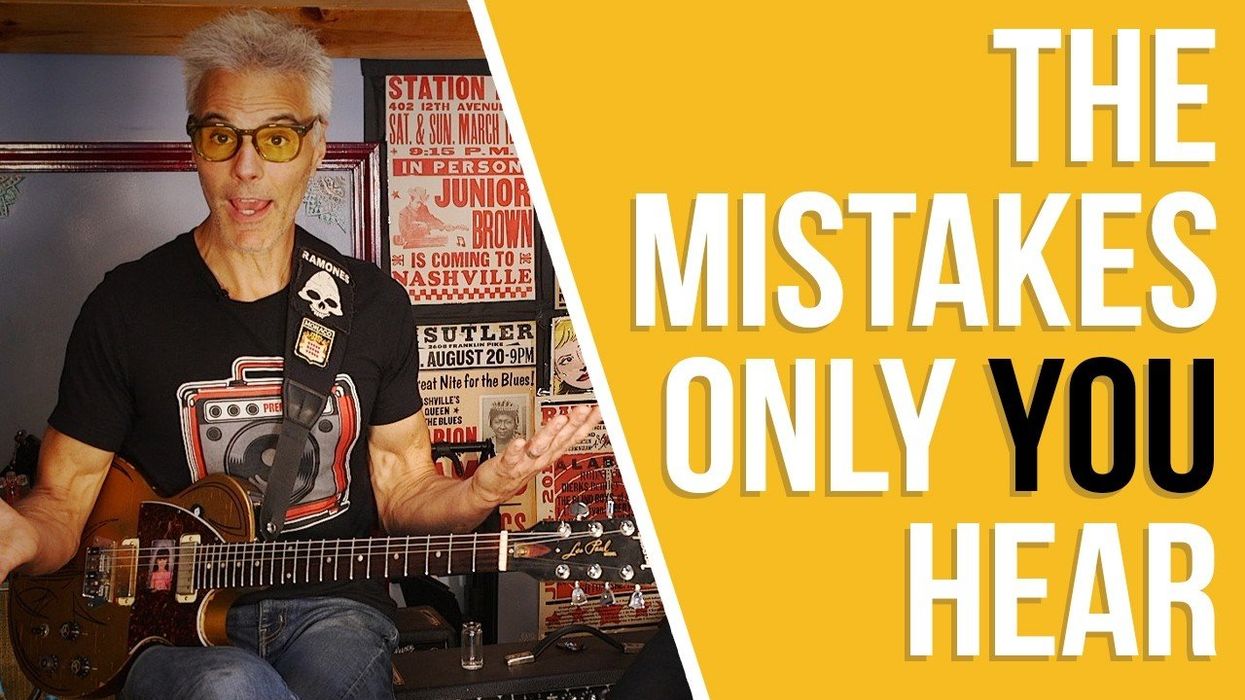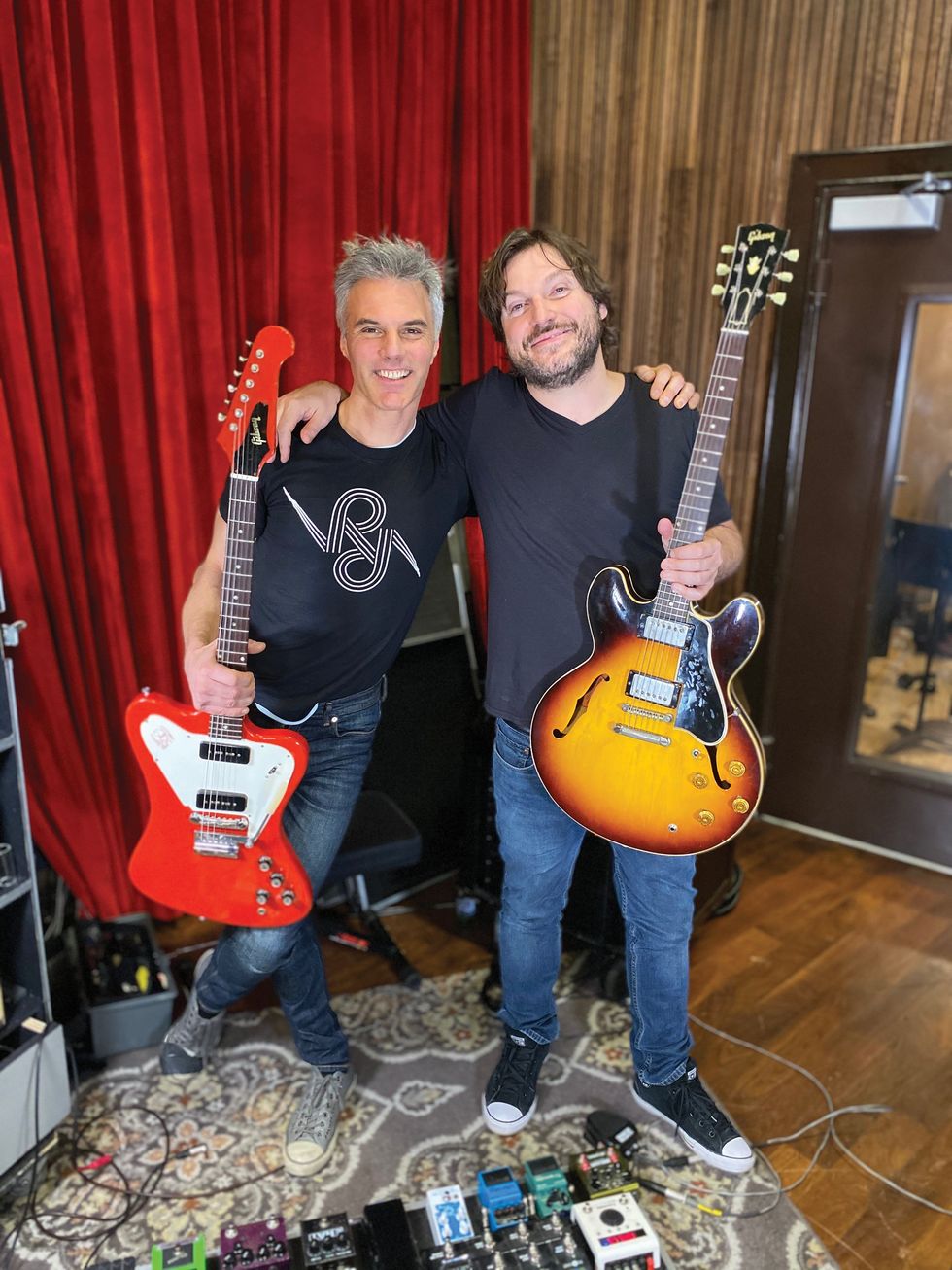Remember those magical visuals—when you first saw your heroes in magazines or on TV playing their main instruments? Even though most of us who have played for years know that tone is ultimately in our hands, manufacturers continue to count on us having some form of hero worship—especially when they’re signing well-known players to endorsement deals and deciding who will get a signature model.
Years ago, one of my Tonight Show appearances was rebroadcast in my home country of Sweden. A childhood friend—a producer and engineer there—said he overheard the TV in the next room and knew it was me playing. I didn’t tell him beforehand that I was going to be on the show, so for him to hear that is quite extraordinary to me. My point is that our musical thumbprint—even through a small, crappy TV speaker—is unmistakable. It’s something that’s as inherently personal as the sound of our speaking voices. When we pick up an instrument that gives our sonic voice a different filter, it doesn’t change the essence of that voice. Victor Wooten would still sound like Victor Wooten if he played his licks on a Paul McCartney-style Hofner violin bass. Billy Sheehan would still sound like Billy Sheehan if he went Jaco-style with only the bridge pickup engaged—a pickup Sheehan’s signature model doesn’t even have! The intensity of his attack, vibrato, and occasional hammer-ons would be a dead giveaway.
Sometimes, despite our inherent sonic personality on our instrument, there are times we want to buy an instrument that’s just like the one played by a bassist we look up to. Even if we’re well aware how much “the tone is in our hands,” and despite already owning one or several instruments that are in the ballpark sonically and visually, there’s just something about a bass that’s exactly like the one our hero played.
One of my favorite bass tones belongs to the late Jimmy Bain, on Dio’s debut album, Holy Diver. The sound is a Yamaha BB2000 plugged into a ’70s SVT—no pedals or secrets involved. Many people assume Bain used a BB3000, which is all he ever played live, but this is not the case. (The difference between the BB3000 and BB2000 is the direction the P-style pickup is mounted on the body.) My own pick-style approach is heavily influenced by Jimmy’s right-hand placement and attack, but I typically still sound like, well, me using his technique, even while playing a P-style instrument with the neck pickup turned upside down and neck-thru-body construction.
Well, last year I took the plunge and bought a 1979 Yamaha BB2000 on eBay. I rarely buy instruments without playing them first. The only reason I bypassed my rule is because I wanted the exact same model that was played on that album. How else could I satisfy my curiosity about how much of that tone was really in Bain’s hands?
When the bass arrived, I made some interesting discoveries. The first was that the instrument is fairly void of natural sub-lows, which is something that would normally make me run quickly from a bass. When I listened through a clean DI into my computer, I was also blown away with how that thinness made the high-mids so much more prevalent—more so than any other bass I’ve owned and consider to be great for hard rock and heavy metal. Many of today’s active metal tones rely on a very scooped sound, with sub-lows and brilliant highs normally found in active electronics, but this bass did the opposite. It’s a midrange machine that still rocked hard as a result of that midrange!
When I listened to the soloed bass track from the master recording of the title number, it clearly showed how an instrument lacking in the sub-lows pairs extra well with a vintage Ampeg SVT—an amp that adds a lot of those frequencies naturally. I was also surprised at how much dirt was in the pickups themselves. They actually sounded angry, and when played aggressively, I understood how this bass sounded very “metal” on the album in question without any external distortion added.
It was a tremendous learning experience finding out what percentage of my favorite hard-rock bass tone was in Bain’s legendary right hand, and what percentage was in the instrument his voice was filtered through. Sometimes, however, picking up a signature model built for one of your heroes can also give you the opposite result, by not sounding as musical in your hands. This is okay, too. In the end, my voice is a result of the voice I was trying to emulate, but shouldn’t ever morph into that same voice. That would be quite boring, wouldn’t it?


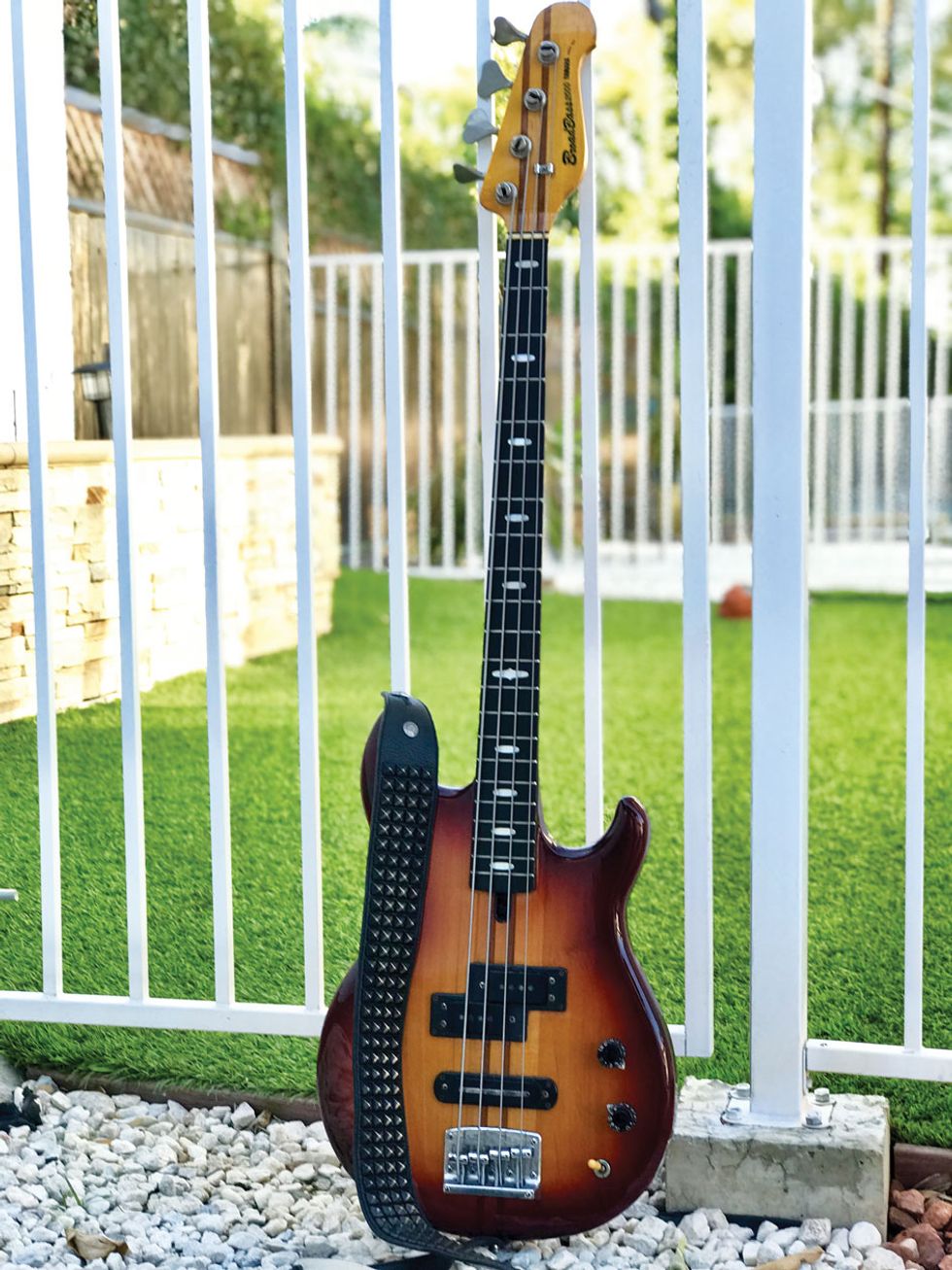







![Rig Rundown: Russian Circles’ Mike Sullivan [2025]](https://www.premierguitar.com/media-library/youtube.jpg?id=62303631&width=1245&height=700&quality=70&coordinates=0%2C0%2C0%2C0)



![Rig Rundown: AFI [2025]](https://www.premierguitar.com/media-library/youtube.jpg?id=62064741&width=1245&height=700&quality=70&coordinates=0%2C0%2C0%2C0)
